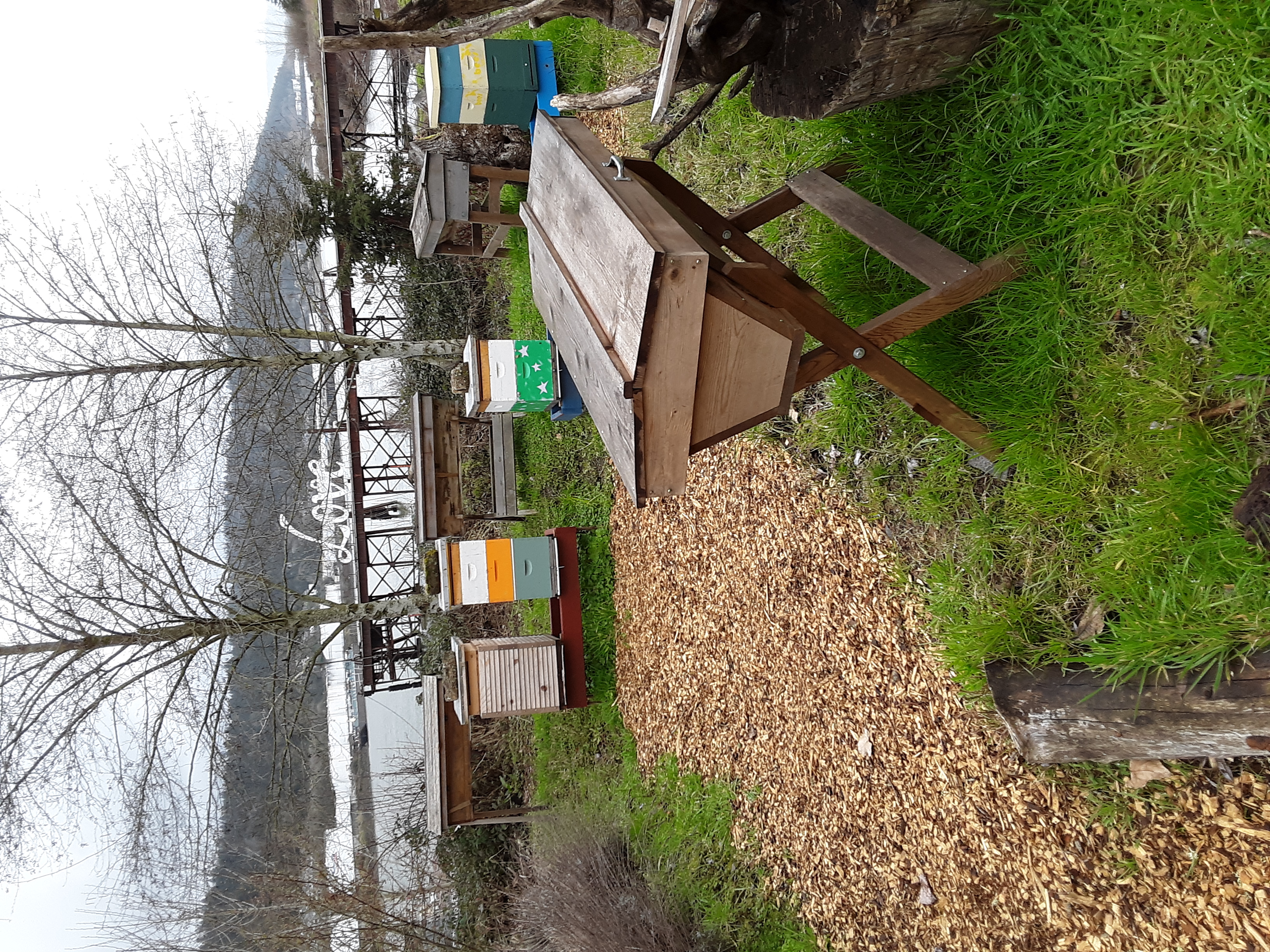You may see visual evidence of ants feeding on bees or honey or living within or beneath top covers, below the bottom board, or within walls of the beehive. The nest inside will likely have white eggs and pupae associated with the major ant concentration. You may also see scavengers in front of and on the bottom of colonies, around sugar feeders, or around mite sticky boards or “garbage pits” of colonies. Some ants may only be present after dark.
Correct identification of the ant species can help direct proper control.
Ants are social insects with similar life histories to honey bees. Ants lack wings, except during reproductive swarming, and have a distinct, often very narrow wasp-like “waist," sometimes with nodes. Ants enter beehives to feed on honey or to live within the hive walls, beneath top covers, or below the bottom board. Scavenger ants may be found in front and on the bottom of colonies, foraging on mite sticky boards or “garbage pits” of colonies. Some ants may be present only after dark. Ant nests inside hives usually contain white eggs and pupae as well as adults.
Ants are difficult to control. Ants that merely live inside the covers of a beehive cause little harm to the bees and are more of a nuisance to the beekeeper than anything else. Brush them out, move the colony to a different site, or put repellent or drying material such as cinnamon or diatomaceous earth where they occur. Allow bees into the same space so they control the ants.
In drier or warmer climates, army ants or harvester ants may attack beehives to eat the honey or the brood. Attacks are often at night, and ants arrive en masse from one or more ant colonies. Provide an earth-to-hive ant barrier to try to protect colonies. Use a motor oil barrier, grease the hive-stand legs, or use a plant protector barrier material such as tanglefoot. Barriers might have to be reapplied on a frequent basis.
other scavenging insects such as immature cockroaches, earwigs, or beetles
Burlew R. 2016. Ants no more: how to keep ants out of your colony. Honey Bee Suite. Accessed 2023. https://www.honeybeesuite.com/ants-beehive-help-your-colony/
Kern WH. 2017. Ant control in the apiaryapiary:
a place where beehives and beekeeping equipment are located; also called a bee yard. An out-apiary is a site away from the owner’s residence. . University of Florida/IFAS Extension. Accessed 2023. https://edis.ifas.ufl.edu/publication/IN1181
. University of Florida/IFAS Extension. Accessed 2023. https://edis.ifas.ufl.edu/publication/IN1181